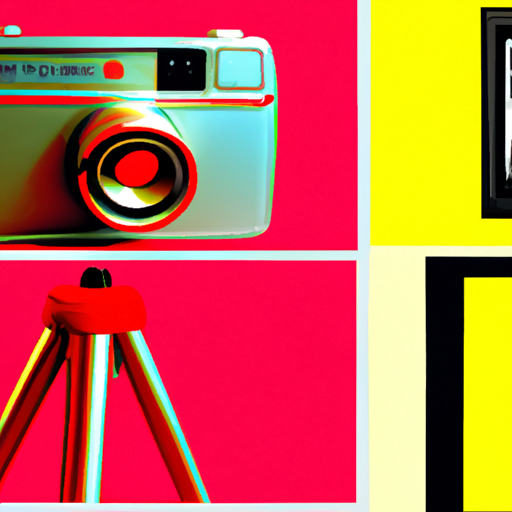-
Table of Contents
Vintage Revival: Incorporating Retro Elements in Contemporary Design
In recent years, there has been a growing trend in the design world towards incorporating retro elements into contemporary designs. This “vintage revival” movement has gained popularity among designers and consumers alike, as it offers a unique and nostalgic appeal. In this article, we will explore the reasons behind this trend, the benefits of incorporating retro elements, and provide examples of successful vintage revival designs.
The Allure of Retro Design
There is something captivating about the aesthetics of the past. Retro design elements evoke a sense of nostalgia and charm that can be difficult to replicate with modern styles. The appeal of retro design lies in its ability to transport us back in time, reminding us of simpler days and iconic eras.
One of the main reasons behind the popularity of vintage revival is the desire for individuality and uniqueness. In a world saturated with mass-produced products, incorporating retro elements allows designers to create one-of-a-kind pieces that stand out from the crowd. This desire for authenticity and personalization has fueled the demand for vintage-inspired designs.
The Benefits of Vintage Revival
Integrating retro elements into contemporary design offers several benefits:
- Timeless Appeal: Retro design elements have stood the test of time and continue to captivate audiences across generations. By incorporating these elements, designers can create designs that are both contemporary and timeless.
- Emotional Connection: Retro design often evokes strong emotions and memories. By incorporating these elements, designers can tap into the emotional connection that consumers have with the past, creating a deeper bond between the product and the user.
- Distinctive Aesthetics: Retro design elements offer a unique visual appeal that sets them apart from modern designs. By incorporating these elements, designers can create designs that are visually striking and memorable.
- Sustainability: Vintage revival promotes sustainability by encouraging the reuse and repurposing of existing materials and objects. By incorporating retro elements, designers can contribute to a more sustainable design industry.
Successful Examples of Vintage Revival
Many brands and designers have successfully incorporated retro elements into their contemporary designs. Let’s explore some notable examples:
1. Apple’s iPhone SE
Apple’s iPhone SE, released in 2016, was a nod to the design of the iconic iPhone 5. The device featured a smaller form factor and a flat-edged design reminiscent of older iPhones. By incorporating retro design elements, Apple appealed to consumers who preferred the aesthetics of the past while offering the latest technology.
2. Volkswagen Beetle
The Volkswagen Beetle is a classic example of vintage revival. The iconic car, originally introduced in the 1930s, was reintroduced in 1997 with a modern twist. The new Beetle retained its distinctive shape and retro charm, appealing to both nostalgia seekers and new generations of car buyers.
3. Mid-century Modern Furniture
The mid-century modern furniture movement, which originated in the mid-20th century, has experienced a revival in recent years. Designers and consumers alike have embraced the clean lines, organic forms, and minimalist aesthetics of this era. Brands like Herman Miller and Knoll continue to produce iconic mid-century modern pieces that are highly sought after.
The Future of Vintage Revival
The vintage revival trend shows no signs of slowing down. As consumers continue to seek unique and authentic designs, incorporating retro elements will remain a popular choice for designers. Additionally, the sustainability aspect of vintage revival aligns with the growing demand for eco-friendly and socially responsible design practices.
However, it is important for designers to strike a balance between incorporating retro elements and creating designs that are relevant to the contemporary context. Successful vintage revival designs seamlessly blend the old with the new, creating a harmonious and visually appealing result.
Conclusion
Vintage revival is a compelling trend in contemporary design that offers a unique and nostalgic appeal. By incorporating retro elements, designers can create designs that are both timeless and visually striking. The emotional connection and sustainability aspects of vintage revival further contribute to its popularity. As the trend continues to evolve, designers must find the right balance between the past and the present to create designs that resonate with consumers. Vintage revival is not just a passing fad but a design movement that taps into our collective desire for authenticity, individuality, and a connection to the past.
